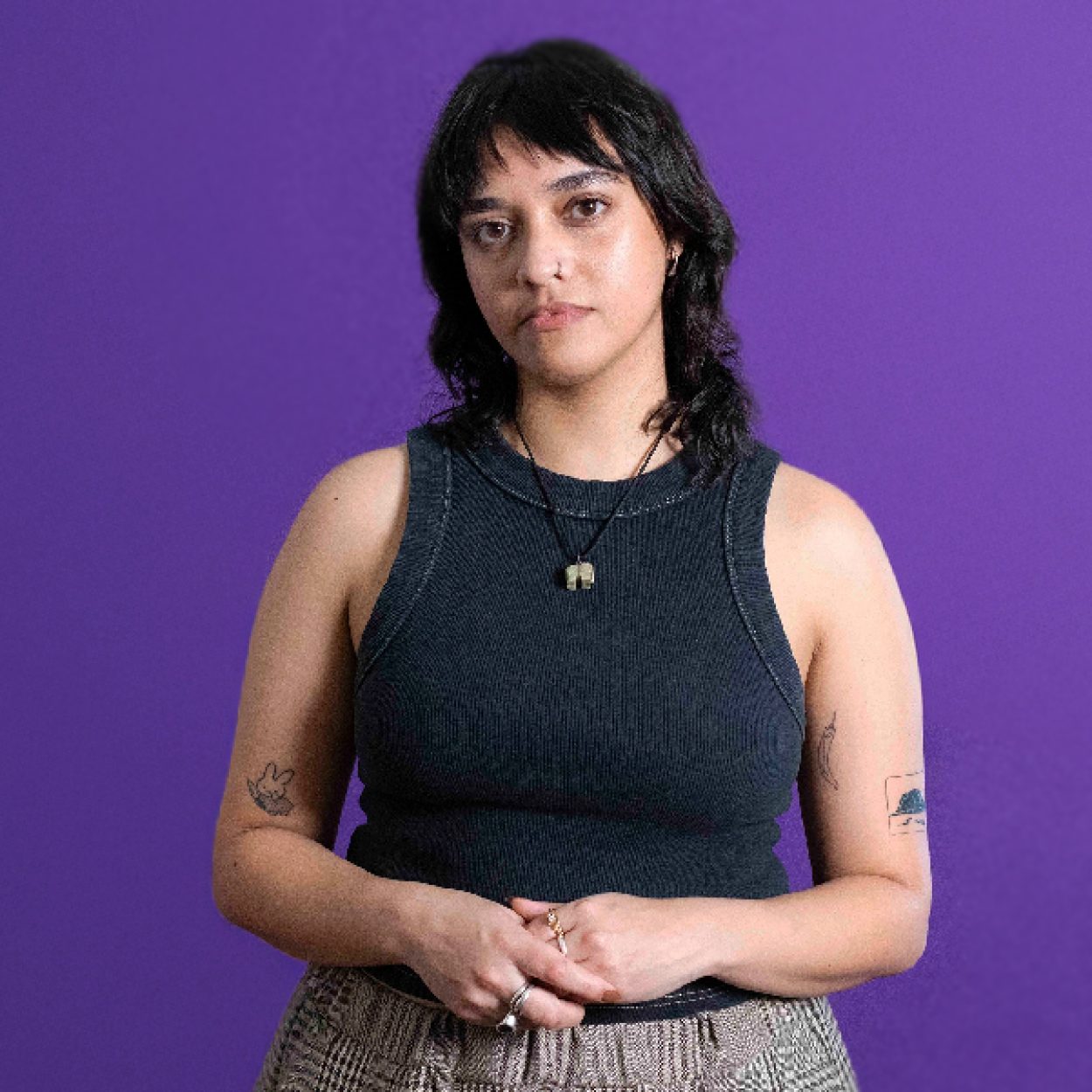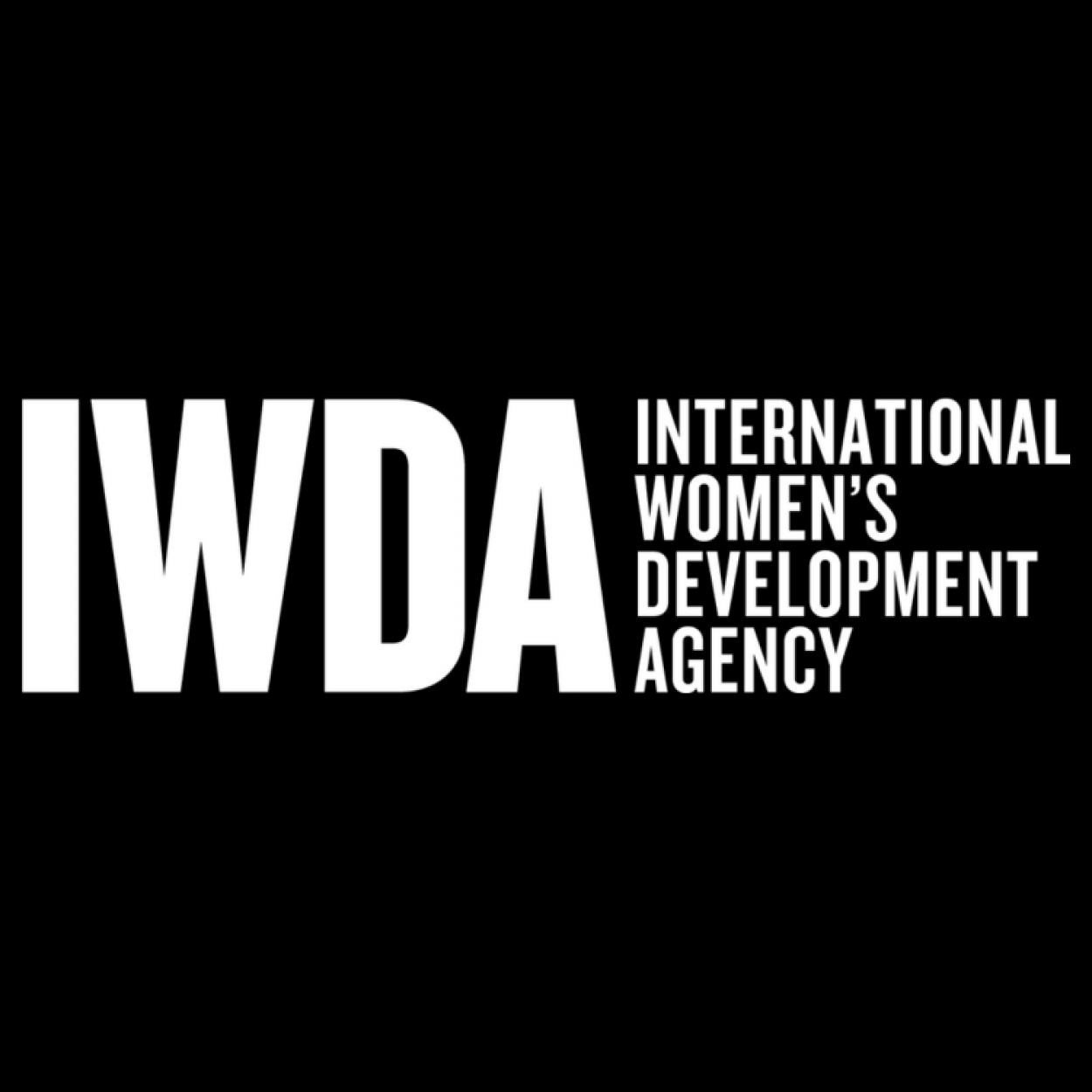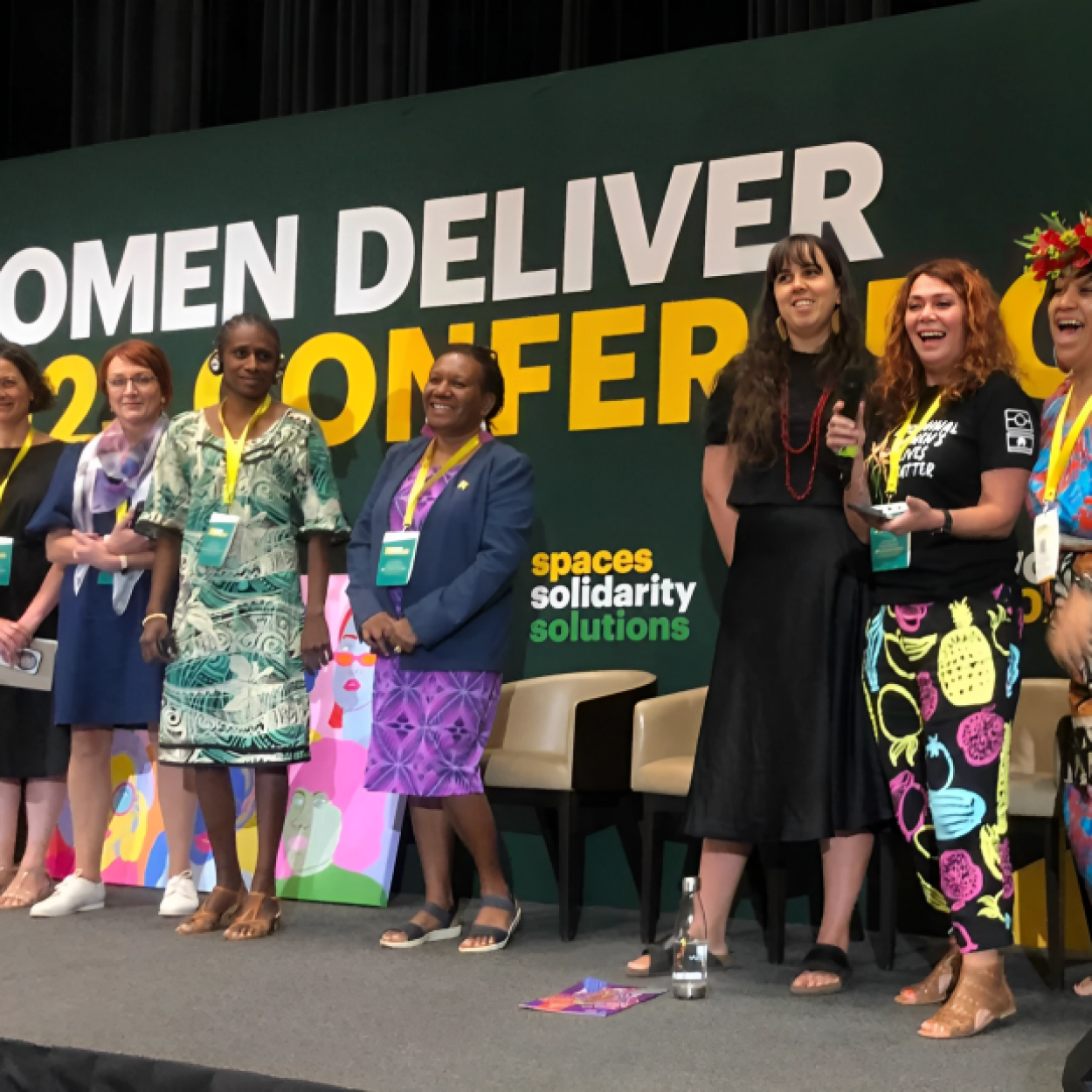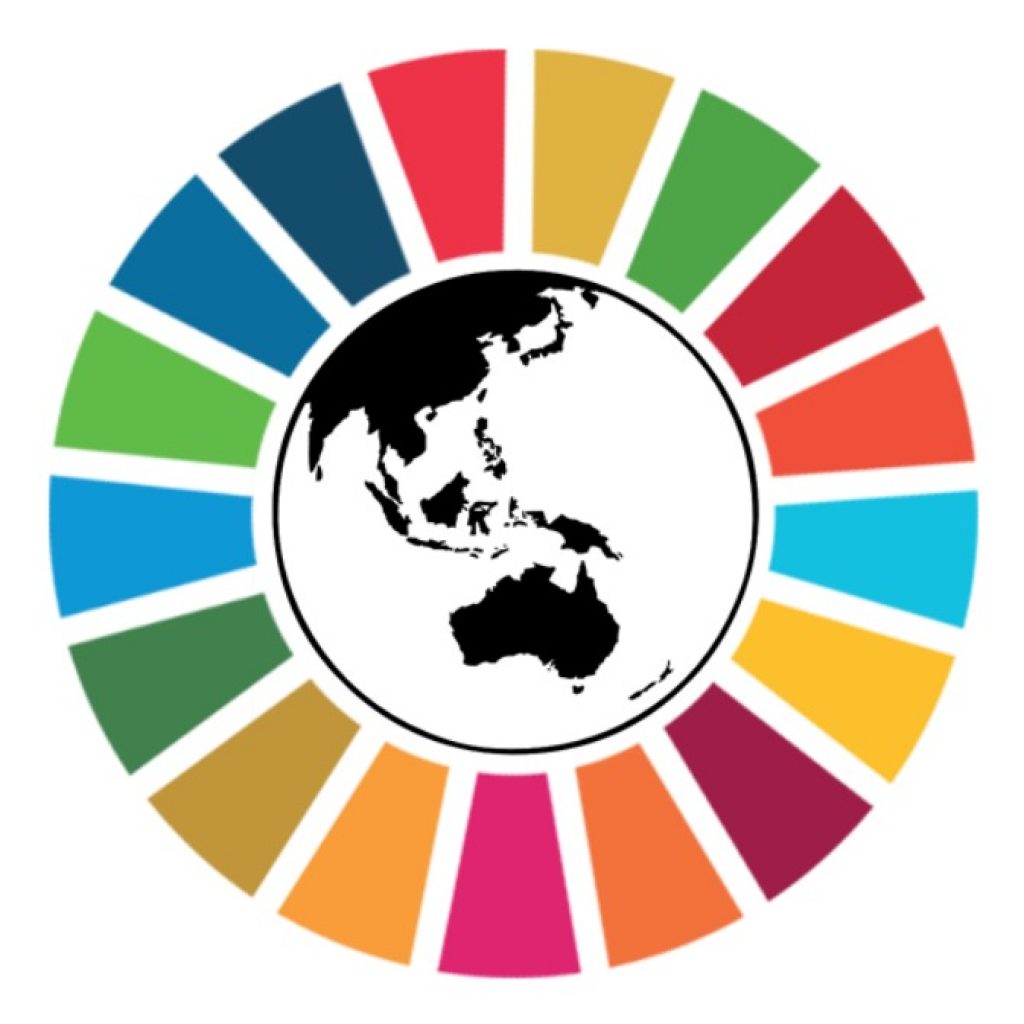
How can the Global Goals turn commitments into global action?
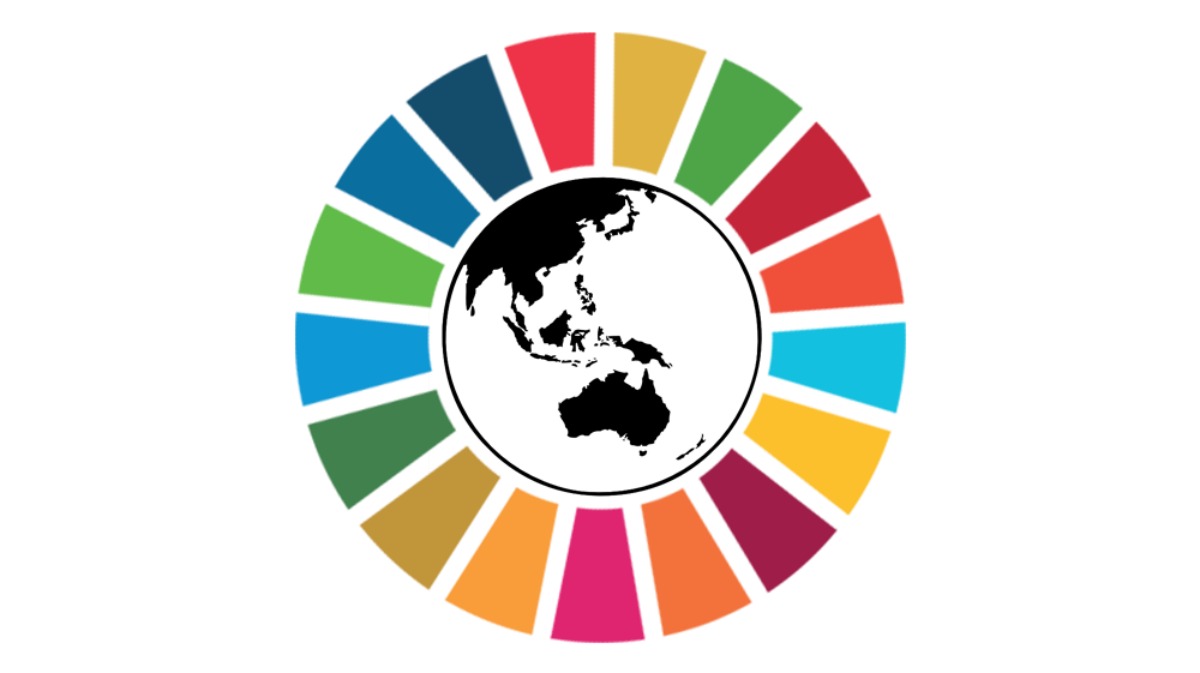
This is the fourth article in the Global Goals blog series. Previously, we discussed what we have committed to in adopting the Goals, what they mean for Australia and how a regional approach can help us achieve the world that we want.
While the Global Goals are important for women’s rights at both the national and regional levels, above all they are a global agenda and framework for change. Many of the problems the world faces today are not confined to one country or even one region, and problems like climate change, conflict, the movement of people and global health crises do not stop at country borders. We face complex global problems that require global solutions in order for us to achieve a peaceful, just, and sustainable world.
The current global state of gender equality
No country in the world can say it has achieved gender equality and the full realisation of women’s human rights. Globally, 35 per cent of women have experienced physical and/or sexual violence. Women are also greatly underrepresented in leadership positions, making up 23.5 per cent of seats in national parliaments globally, and accounting for less than 4 per cent of CEOs heading the world’s 500 leading corporations. On average women still earn 24 per cent less than men globally, and work longer hours when both paid and unpaid work is counted.
Where does the world meet to talk about the Global Goals?
At the international level, the Global Goals provide an important platform for global cooperation and accountability that can help to bring us closer to achieving sustainable development, equality and human rights for all.
Monitoring and review of Global Goals’ progress occurs at the High Level Political Forum on Sustainable Development (HLPF), an annual event that was held earlier this month in New York. It brings together diverse groups and stakeholders and provides a space to share lessons learnt about what is working, and key barriers to effectively implementing the Goals. It also provides a space to bring together new thinking and research on the problems the Goals are trying to solve. Additionally, it is an important space for accountability and reporting, with countries expected to report on their progress in achieving the Goals through Voluntary National Reviews (VNRs). A number of countries will report on their progress each year, with 44 countries submitting reports of their progress in 2017.
How does this relate to women’s rights?
These Reviews include reporting on how countries are progressing against the Gender Equality goals and targets. Goal 5 was also one of the seven Global Goals reviewed in-depth at this year’s Forum. This gives governments and civil society an important opportunity to assess current progress in achieving gender equality and women’s rights and for civil society to hold Governments accountable for inaction against these agreed targets. Presentations throughout the Forum and at side events also served as an important opportunity to remind ourselves of the importance of gender equality for achieving not just Goal 5, but all of the Goals.
But more than this, the Forum gives the 193 member states of the United Nations the opportunity to recommit to achieving gender equality and the realisation of women’s rights. At the end of the HLPF, representatives from each country agreed on and adopted a Ministerial Declaration. This declaration reaffirms the commitments of governments to achieve the Global Goals, sets out agreed priorities for action and outlines current progress, challenges and improvement needed.
For the ministerial declaration to be adopted all 193 members states, each with different opinions and priorities, have to reach a consensus. This means that a significant amount of negotiation needs to take place to reach agreement on what the final declaration with include; and with this comes the risk that gender equality is traded for the inclusion of other priorities.
It is crucial that strong language on gender equality and women’s rights is included in this declaration; to give visibility to persisting inequality and continuing violations of women’s rights, and to ensure addressing this remains a priority. It is also critical that countries continue to come together to publicly commit to gender equality in the face of growing backlash against women’s rights, so that the views of those who oppose these rights cannot get traction and so that we can keep moving forward towards a world where all women and girls have equal rights.

The role of civil society
Civil society organisations and networks such as the Women’s Major Group played a central role in lobbying governments to ensure gender equality remains on the agenda and that strong language on women’s rights was kept in the declaration. In a context where women’s rights organisations are increasingly facing backlash and hard won gains for women’s rights are under attack, it is more important than ever that women’s rights organisations and coalitions are provided space and support to meaningfully engage in monitoring, implementation and review of the Global Goals and are funded to attend the HLPF.
The HLPF currently has a number of formal spaces and processes for the involvement of civil society. For instance, through civil society ‘side events’ that run in parallel to the HLPF. Civil society also produced their own reports, known as shadow or spotlight reports, on the progress of the Global Goals in countries presenting Voluntary National Reviews. There is also opportunity to ask questions of governments during sessions where Reviews are presented. This year we saw a great example of meaningful civil society engagement from Denmark, which presented its VNR jointly with a representative from Danish Civil Society. While these efforts to create spaces for civil society engagement at the HLPF are welcomed, there is still some room for improvement.
What’s next?
The global goals give us an important international framework to achieve the world that we want. A world that is peaceful and fair, and where all women and girls have equal rights. The Goals provide us with a roadmap for change, and through key spaces like the HLPF, a platform to share challenges and lessons learnt and to cooperate on solutions. The HLPF also gives us a space to reaffirm our commitments to achieving gender equality and the full realisation of women’s rights. Not just through Goal 5, but in our work on all of the Goals. It is crucial that the world continues to come together to affirm our commitment to women’s rights. However, what is more important is that this commitment translates into concrete action. No country can say it has achieved gender equality, but if our governments truly work towards their commitments to the Global Goals, it will bring us that much closer.
